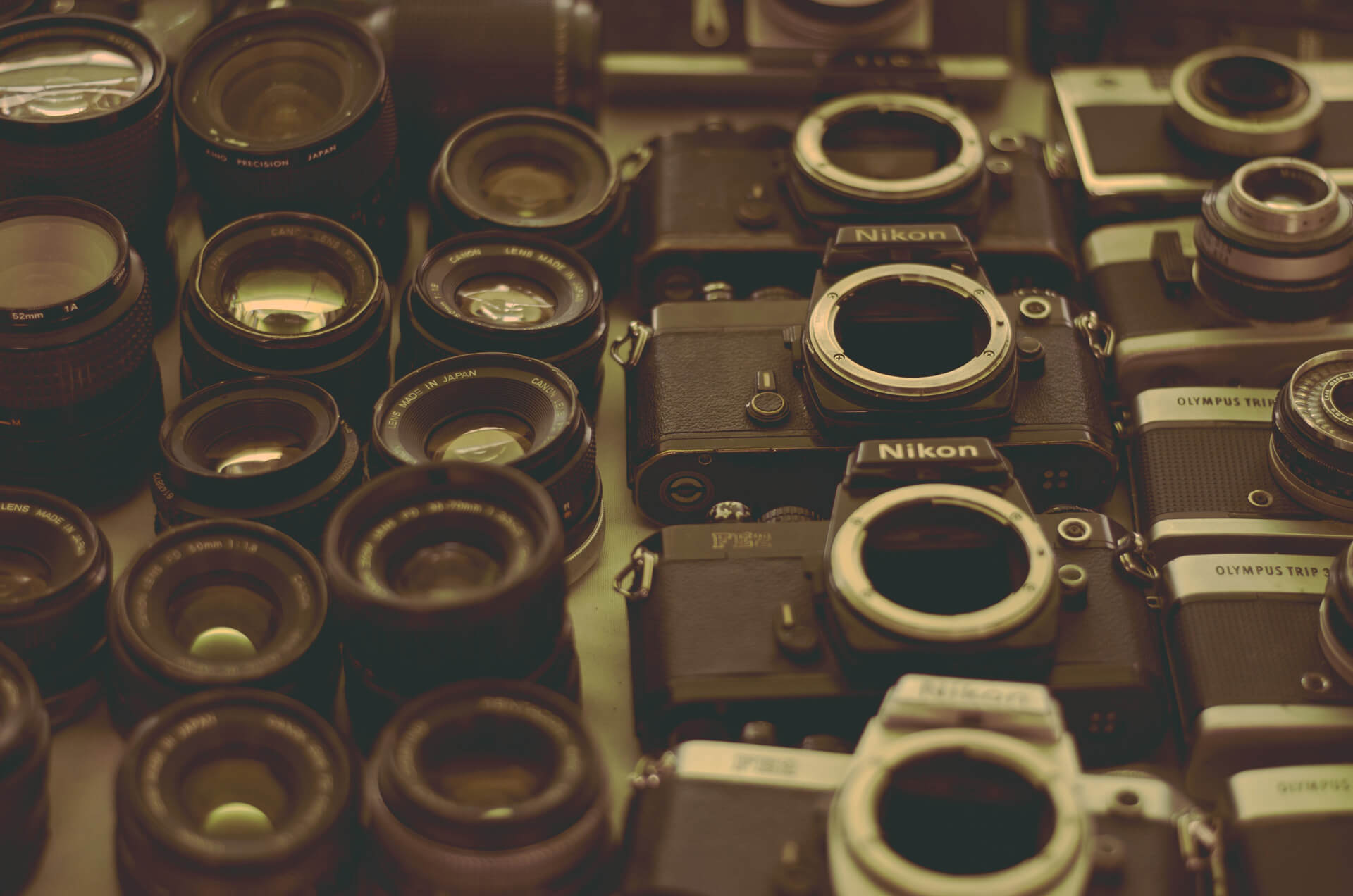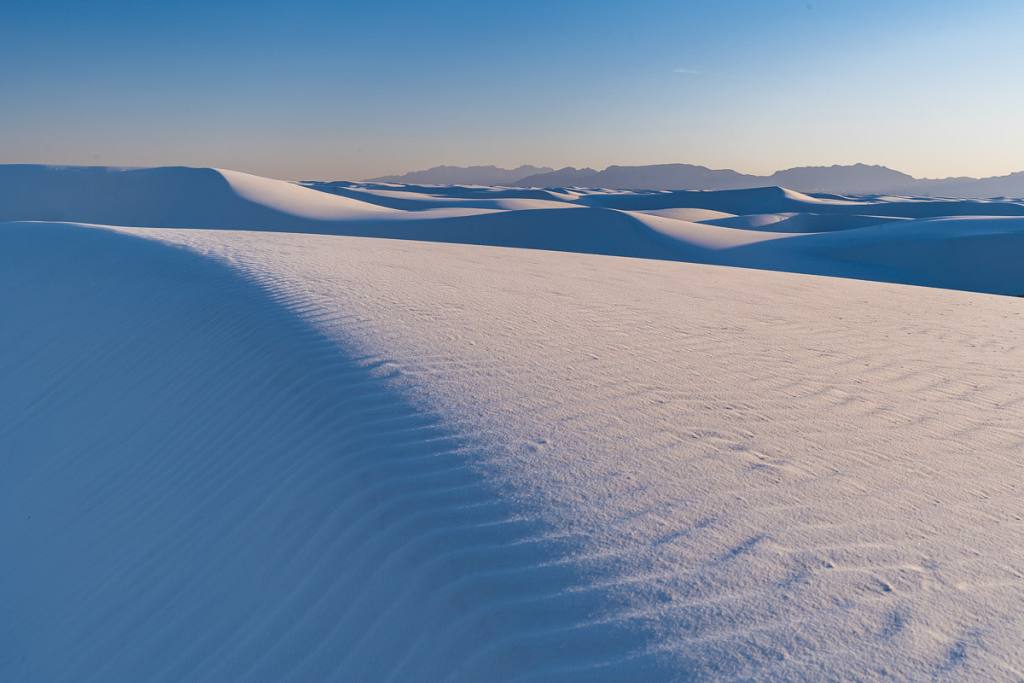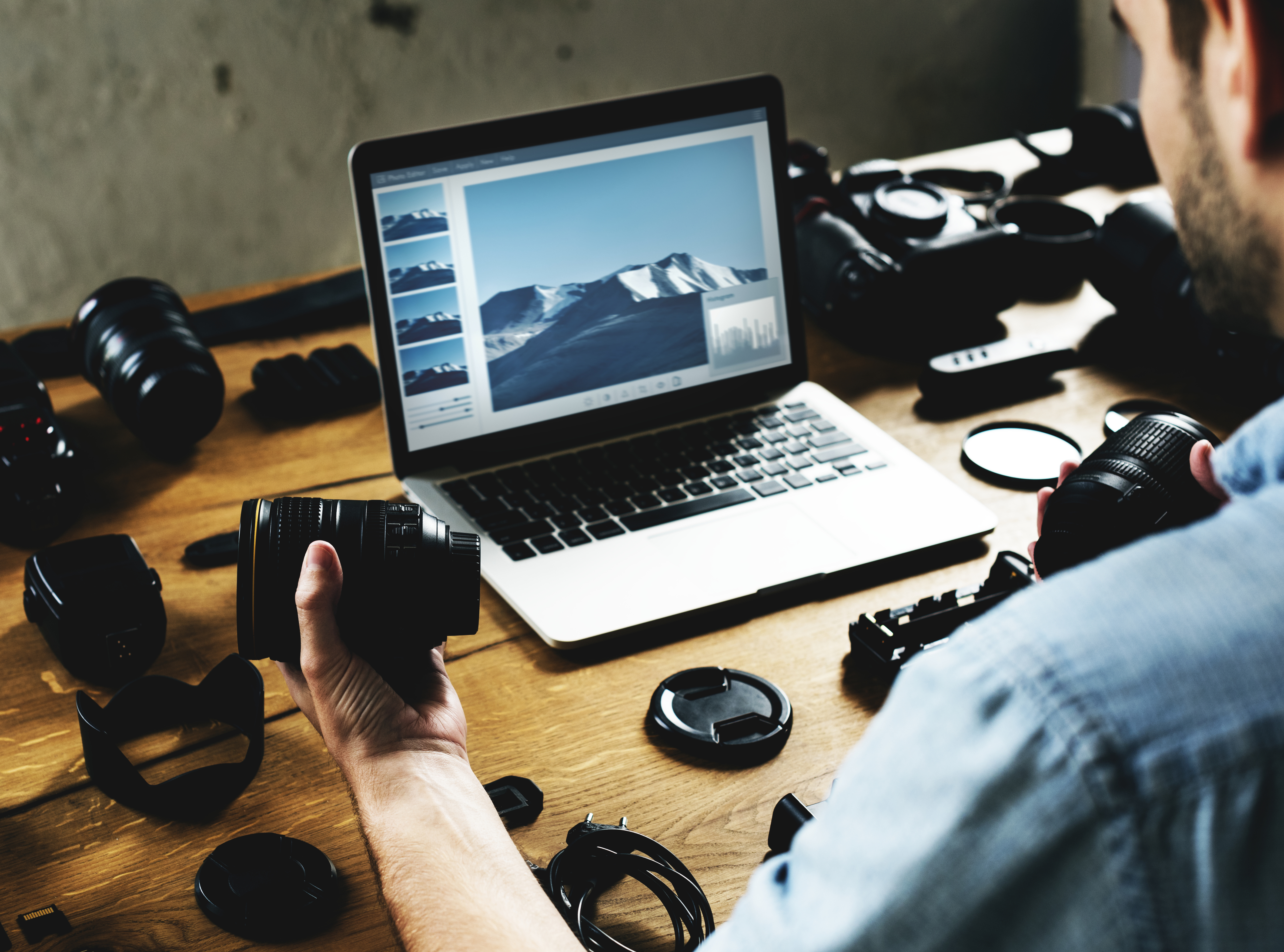In 2023, a wide variety of video cameras are more than capable of capturing cinema-level quality footage and images. In this article, we’ll quickly review the standard features of cameras and break down our recommendations for things to keep in mind while you search for your next camera.
Because each camera has strengths and weaknesses, your choice will largely depend on what you shoot. Step one is figuring out exactly what you will be shooting most of the time. For instance, the best camera for a wedding videographer might not be the best for a wildlife photographer. Aside from this, there are a few features all videographers should look for in 2023.
Good lens options
The quality of lenses has greatly improved since the days of film, so you can’t go wrong with many modern lenses. There are lenses specifically designed to work seamlessly with their native camera brands, and there are many third-party options to choose from as well. Even if you decide to stick with a specific camera brand for their native lens lineup, you can always use lens mount adapters that will allow you to use lenses from other established brands, third-party contenders, or even film lenses.
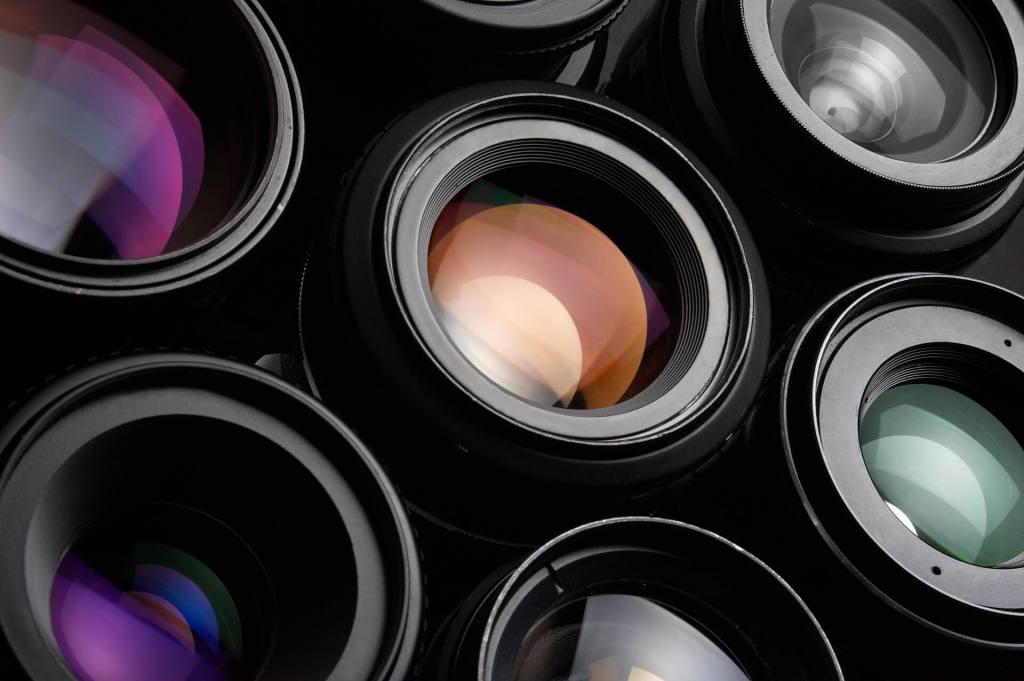
Look out for the brands that offer high-quality lenses for your use case. Ideally, the ones you choose will have excellent optical performance, fast and accurate autofocus, and weather-sealing so you can rest assured you’ll be able to shoot in any condition. You can go with zoom lenses, which are touted as being highly versatile, or prime lenses, which are lightweight and have the benefit of wide apertures.
Microphone input port
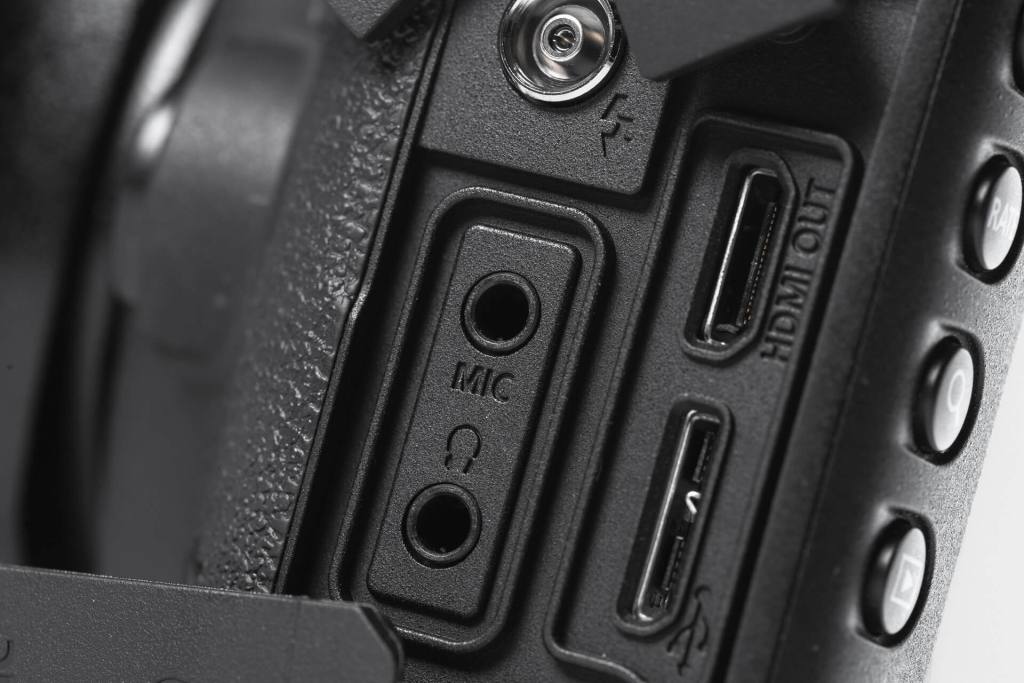
If the footage looks amateurish, people may stay and watch videos, but that doesn’t ring true for audio. Audio can make or break a video’s watchability, and in-camera microphones don’t compare to a dedicated external microphone. That said, investing in a dedicated external microphone is important to get the best audio quality for your video. For this, you’ll need to make sure your camera has a microphone input jack that accepts external microphones. Most cameras have the standard 3.5mm input jack, but sometimes they’ll come smaller, like the 2.5mm variety. In those cases, you’ll need to use an adapter.
See if the camera you want uses a TRS (Tip Ring Sleeve) or TRRS (Tip Ring Ring Sleeve) mic input. TRS cables are compatible with TRRS inputs but not vice versa, so you might be surprised if your external microphone isn’t picking up sound on your perfectly new camera.
Resolution
Of course, resolution will be crucial for videographers. Camera brands are increasing the resolution in their sensors: it is now possible to have 40MP sensors fitted in APS-C-sized cameras, thanks to Fujifilm. That said, the highest megapixel resolution isn’t always required for high-quality images. Specific cases may require a higher megapixel count. For instance, higher megapixel sensors come in handy when you need to crop video or downsample to a lower resolution to maintain high-quality depth in the final exported video. Keep in mind your use case so you can choose the appropriate sensor size. If you really need in-depth detail, go with a higher megapixel camera capable of shooting high resolutions such as 4k, 6k, or even 8k. Otherwise, the resolution in any consumer-level mirrorless camera will suffice.
Frame rate
As a videographer, it’s important to understand frame rate: the number of frames the camera takes and plays back in video form. Common frame rates include 30fps, 25fps, and 24fps. Most notable is 24fps, which is the cinema standard in America, while 25fps is used elsewhere. Nearly all cameras with video capabilities can shoot these frame rates, but high-end cameras can shoot at higher frame rates, such as 120fps. This is mainly used for slow-motion footage.
Continuous autofocus
Autofocus is incredibly important for videographers, so you’ll need to choose a camera that’s known to have high-performing autofocus. The best markers of good autofocus include how fast it can lock onto a subject and how well it tracks the subject.
A common problem with autofocus is “hunting.” While a camera searches for a subject to focus on, it may quickly jump between in-focus and out-of-focus zones, which will be apparent in video footage.
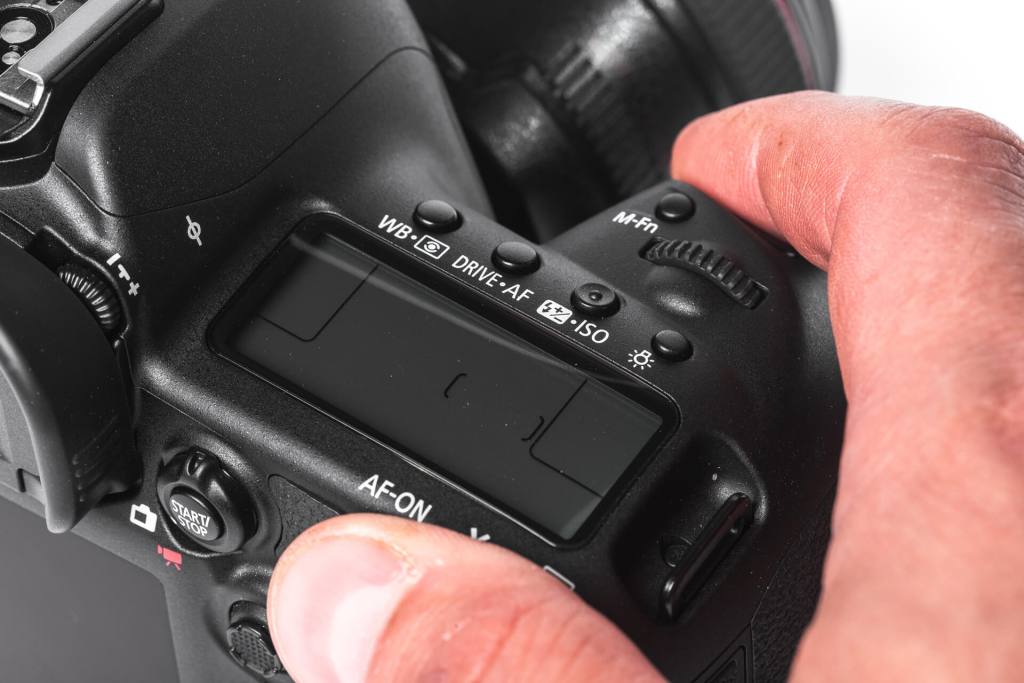
Focus Peaking
While Autofocus can be useful in certain situations, most professional videographers use manual focus so they have complete control over the camera. In this case, focus peaking is a handy feature that outlines the top contrast areas in red or another bright color to show precisely what area of your frame is in focus. This is a surefire way to know that your subject is sharp. On another note, it’s especially helpful in bright conditions when it can be hard to see the camera screen.
Log capture
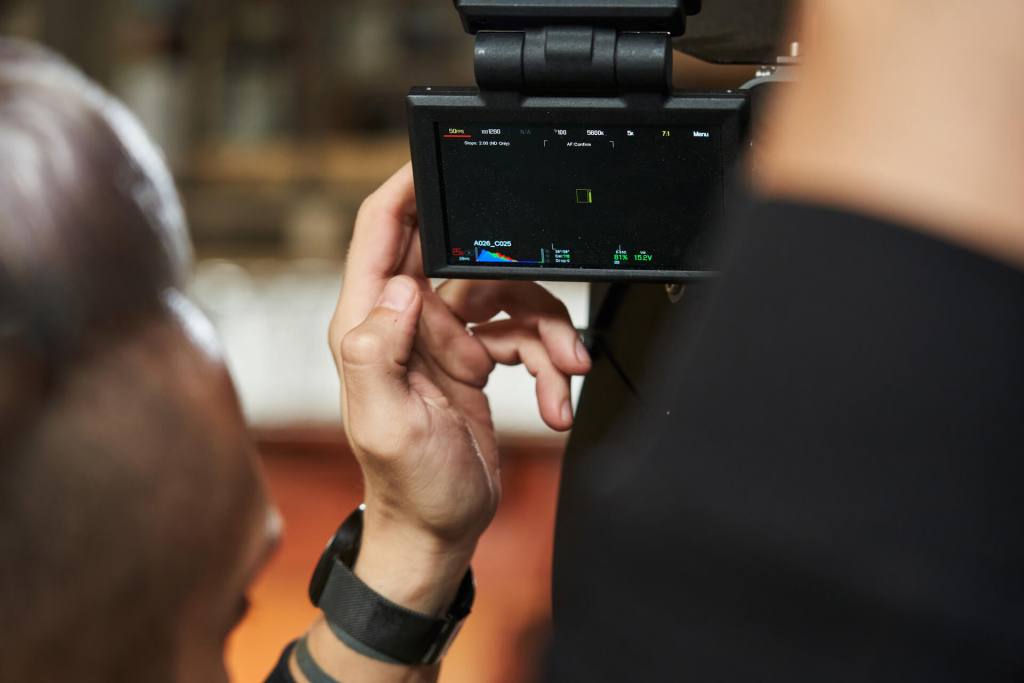
Log footage is an absolute must for professional videographers. At its core, Log footage is film footage that uses a flat color profile so that you may add different LUTs (or color profiles, to put it simply) during the post-production phase. Because the highlights and shadows are preserved, videographers and editors have more editing leeway than if it was shot in the camera’s native color preset.
If you’re looking to go professional with your videography, it’ll help to get a camera that has log capture as a built-in feature in your camera.
Recording time limit
Videographers should be mindful of the recording time limit of their camera. DSLRs and mirrorless cameras have a maximum recording limit of half an hour for a single file, whereas cinema cameras are only limited by the card storage size.
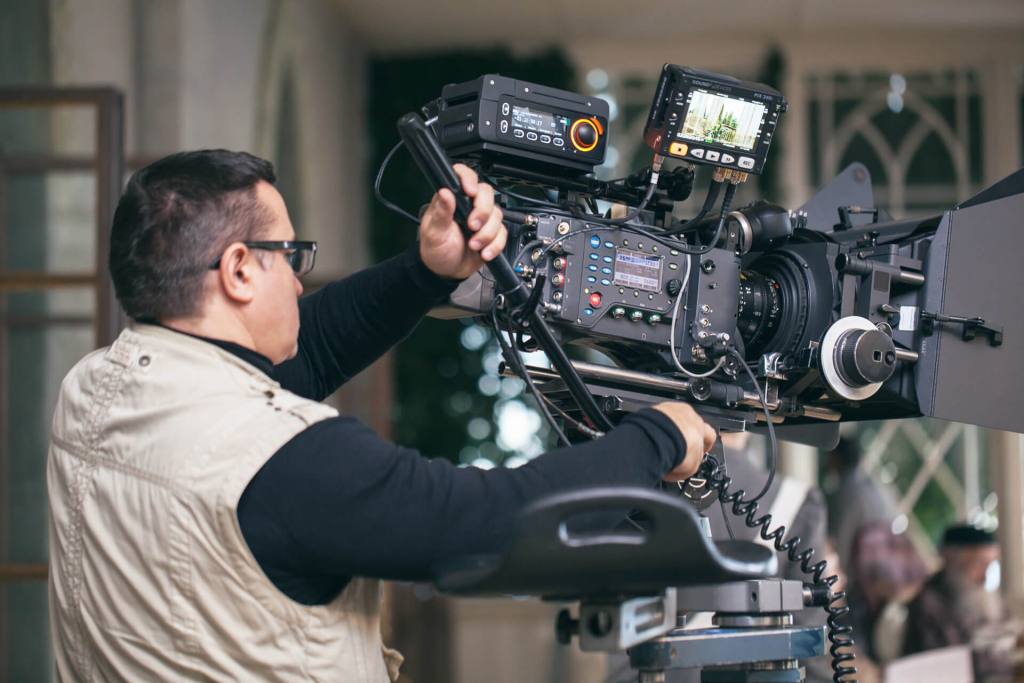
Battery life

Expect long shoot days if your goal is to be a professional videographer. Even if you’re a hobbyist, you’ll likely appreciate having a camera with a long-lasting battery that stays alive most of the day. Cameras are rated to have a certain amount of shooting time (video) or shots per battery (photo). Some cameras have efficient battery usage, while others can quickly burn through batteries. Oftentimes, the life of the battery depends on your settings. For example, shooting 8k footage is more battery-draining than taking a few photos every other hour.
In-body stabilization
IBIS can be a make-or-break feature for many creators. IBIS refers to in-body image stabilization, a feature that reduces the effects of camera shake to get a sharper image. This is a common feature in DSLRs and mirrorless cameras, but some cameras don’t have this feature.
Lowlight capabilities
Not everyone will need a camera with lowlight capabilities, but this is a critical feature for creators who film in situations when the sun is low, in dark areas such as concert venues, or when artificial light doesn’t cut it. Your camera is able to compensate for such situations with sensor ISO performance, sensor size, and lenses.
Sensor ISO performance refers to the image quality output when using a high ISO setting. With high ISO, a camera sensor becomes more sensitive to light so that it can capture more of the setting in darker conditions. The downside is that it introduces digital artifacts in the image, which may make it look fuzzy. Some cameras have great ISO performance to the point that digital artifacts are virtually absent from the image.
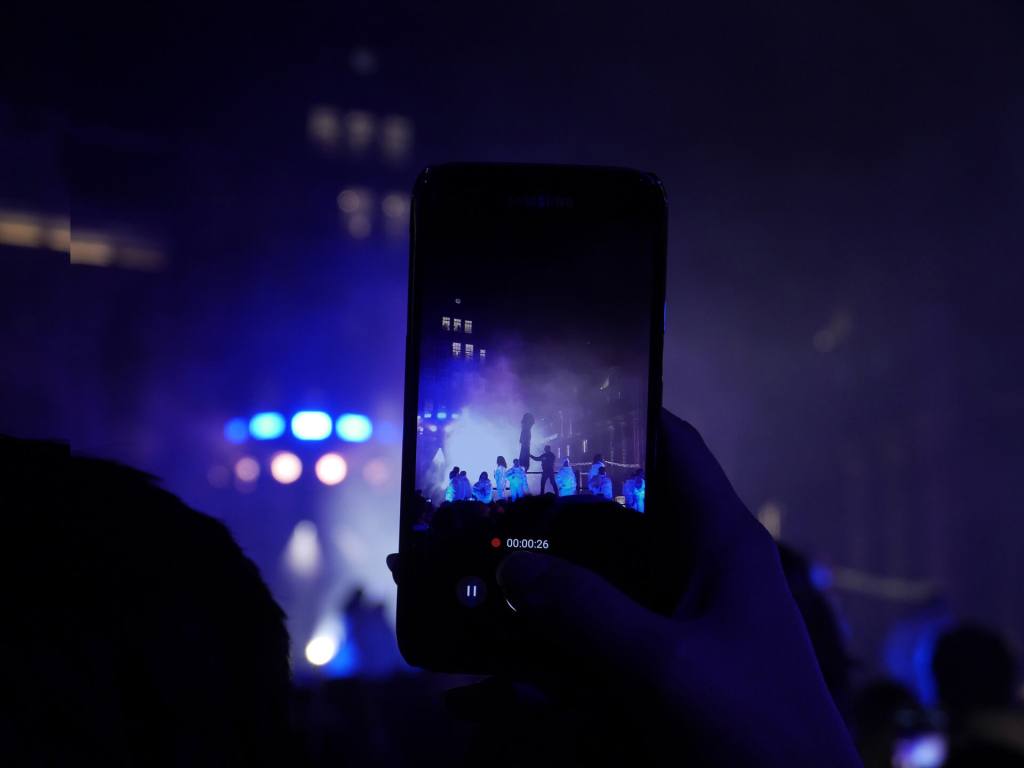
Larger sensors capture more light than smaller-sized sensors because there is more surface area for light capture. This works in tandem with camera lenses since the aperture dictates the amount of light allowed through the lens. Wider apertures, such as f/2.0 or even f/1.2 allow more light to pass through compared to an aperture of f2.8 or f/4.0.
These are some of the main features to look for when purchasing your next camera. Although the gear is important and can help you create, it serves more as a baseline to establish the level of quality you desire for your films. Don’t limit yourself by the gear you have (or don’t have). Allow your ideas to shine through from your creative decisions and knowledge about the art.
If you’re interested in learning more about photography and videography, head to our blog for tips and tricks in general and infrared photography.
